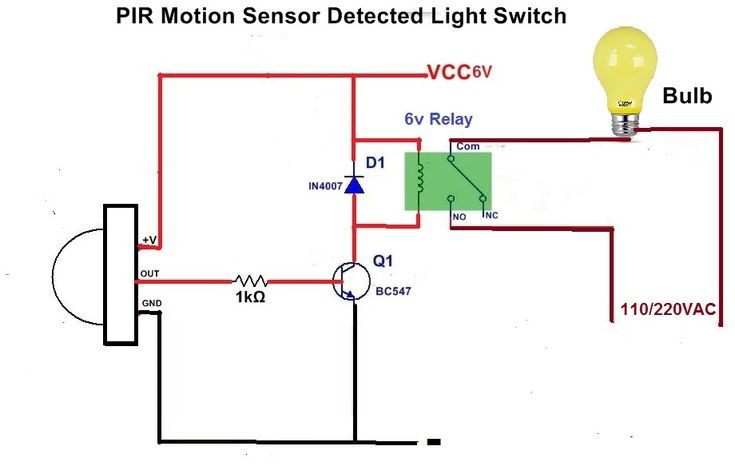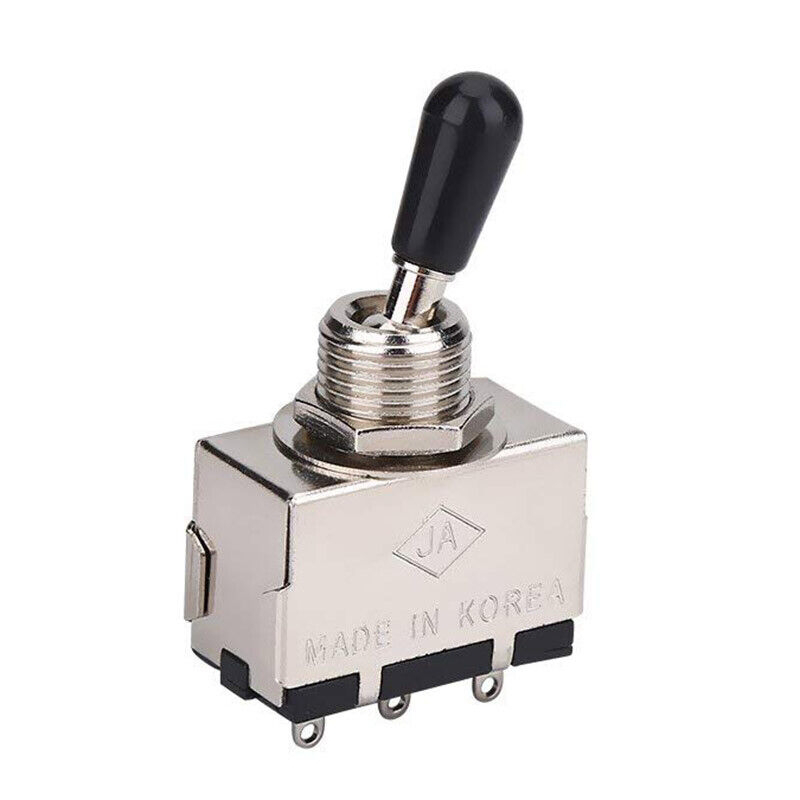Design of a 20KV MV Network
Steps involved in designing a 20KV MV network.
1. Load Calculation: The first step is to determine the load requirements of the network. This involves estimating the amount of power that will be consumed by the various loads connected to the network, such as motors, lighting, and other equipment.
2. Cable Sizing: Once the load requirements are known, the size of the cables needed to carry the required current can be determined. This will depend on factors such as the distance of the network, the type of cable used, and the voltage drop allowed.
3. Equipment Selection: Next, you will need to select the necessary equipment for the network. This will include transformers, switchgear, circuit breakers, and other components needed to distribute power and protect the network.
4. Voltage Drop Calculation: Voltage drop is the reduction in voltage that occurs as electricity flows through a cable. It is important to calculate the voltage drop to ensure that the network operates properly and efficiently. The voltage drop calculation will depend on the length of the cable, the size of the cable, and the load on the network.
5. Mechanical Materials: In addition to electrical materials, you will also need to consider mechanical materials such as poles, supports, and other hardware needed to install and maintain the network.
6. Safety Considerations: Finally, it is important to consider safety when designing an MV network. This includes selecting equipment that meets safety standards, ensuring proper grounding, and designing the network to minimize the risk of electric shock and other hazards.
Keep in mind that designing an MV network is a complex process that requires specialized knowledge and expertise.
The most common types of cables used in medium voltage (MV) networks are:
1. XLPE (Cross-Linked Polyethylene) Cables: XLPE cables are widely used in MV networks due to their high dielectric strength, resistance to moisture and chemicals, and good thermal properties. They are suitable for both underground and overhead installations.
2. EPR (Ethylene Propylene Rubber) Cables: EPR cables are also commonly used in MV networks. They have good electrical properties, are resistant to environmental factors such as moisture and UV radiation, and have good mechanical strength.
3. PILC (Paper-Insulated Lead-Covered) Cables: PILC cables were widely used in the past, but are now being phased out due to their relatively low electrical performance and susceptibility to moisture and other environmental factors. However, some older MV networks may still use PILC cables.
4. MI (Mineral-Insulated) Cables: MI cables have a copper conductor insulated with mineral insulation and are enclosed in a copper sheath. They are highly resistant to fire and have good mechanical strength, making them suitable for high-risk applications.
The choice of cable type will depend on factors such as the specific application, environmental conditions, and installation requirements. It is important to consult with electrical engineers and other professionals to ensure the appropriate cable type is selected for a given MV network.































